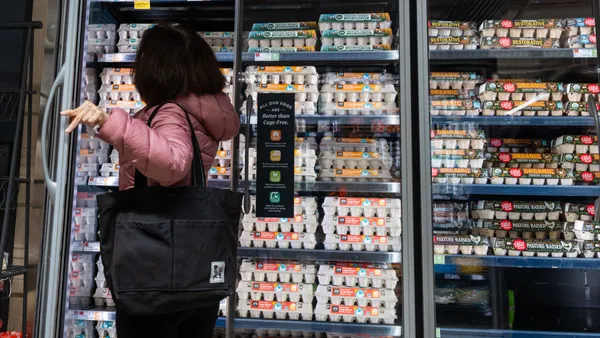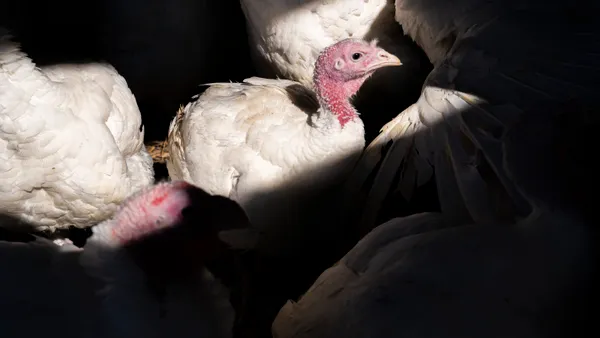U.S. cattle continue to dwindle following a period of drought and high input costs that pressured ranchers to sell off their herds, shrinking the national headcount to lows not seen in decades.
The latest numbers show the domestic inventory at 87.2 million head as of Jan. 1, according to the U.S. Department of Agriculture’s Cattle report. This is a 2% decline from the previous year or a 1.6 million reduction in cattle and calves.
It also marks the lowest January headcount since USDA’s 82.08 million estimate in 1951, according to the American Farm Bureau Federation.
Despite the historically low numbers, the supply of cattle at all U.S. feedlots is up 2% from 2023.
This odd occurrence means there is still plenty of cattle available to keep beef prices from skyrocketing in the near term, Bernt Nelson, an economist at Farm Bureau, said in a blog post. However, as feedlot inventories begin to shrink, meatpackers will have to compete for cattle, pushing prices upward.
“This could send beef prices to record levels in 2024 and 2025, as we hit the supply bottom of the current cattle cycle,” he wrote.
This is especially true given the record-low calf numbers. They are estimated to be 33.6 million head, down 2% from last year and the smallest on record since 1948, according to data. There are also fewer replacement beef heifers than last year. Continued marketing of heifers, or female cattle, which are usually held back for breeding, has been one of the leading causes of cattle contraction over the last two years.
These factors indicate that when the current supply of feedlot cattle dries up, there won’t be as many cattle available to refill the supply chain, Nelson wrote.
Looking ahead, there could be more opportunities for cattle profitability as demand stays strong. On the other hand, Nelson wrote, a smaller inventory and declining production may also lead to record beef prices, affecting consumption.
“Consumers’ ability and willingness to withstand higher price levels in 2024 will be the determining factor,” he said.











